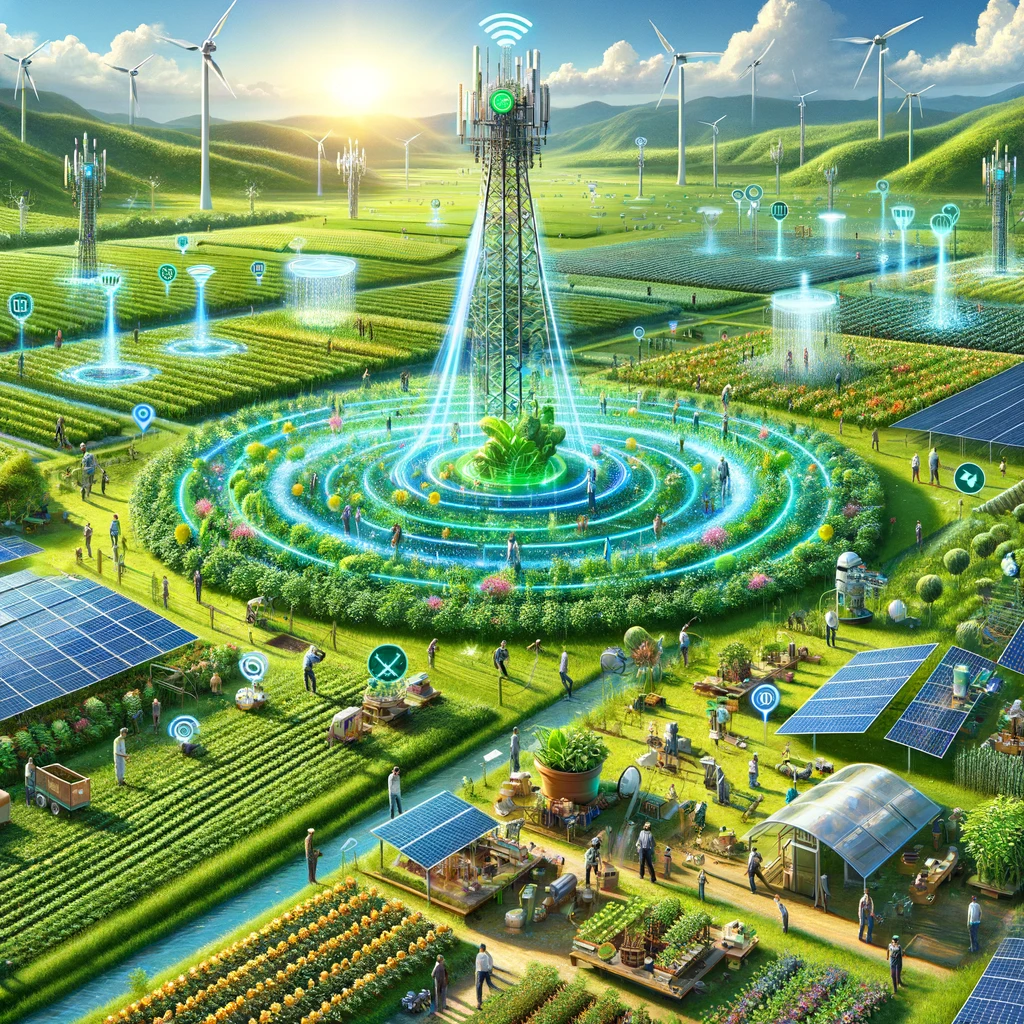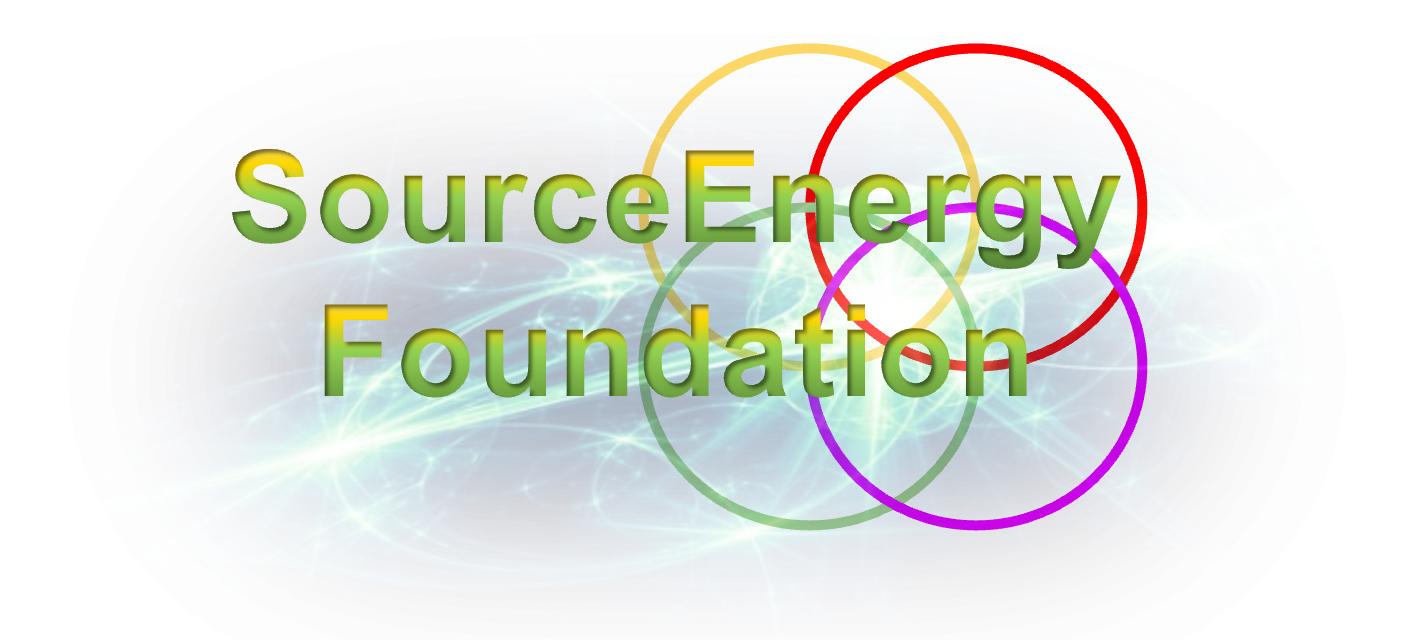Business Solution: Smart Agriculture Ecosystem
Concept Overview:

The proposed business solution is a Smart Agriculture Ecosystem that utilizes 5G technology and NASA’s miniaturized electrospray system. This ecosystem aims to revolutionize agricultural practices, making them more efficient, sustainable, and accessible, thereby contributing to wealth creation in the agricultural sector and ensuring food security.
Components of the Solution:
- 5G-Enabled Precision Agriculture:
- Utilize 5G technology to collect and process real-time data from various sensors deployed in agricultural fields.
- Implement AI and IoT for real-time monitoring and decision-making, optimizing water usage, soil health, and crop growth.
- NASA’s Miniaturized Electrospray System for Efficient Crop Management:
- Integrate NASA’s electrospray technology for precise and efficient application of water, nutrients, and pesticides.
- Reduce water and chemical usage, enhancing sustainability and reducing environmental impact.
- Community Engagement and Educational Programs:
- Develop community-based programs to educate farmers and local communities on sustainable agriculture practices.
- Create a platform for knowledge sharing and collaboration among farmers, scientists, and agri-business experts.
- Energy Efficiency and Renewable Energy Integration:
- Incorporate renewable energy sources like solar or wind to power the agriculture infrastructure.
- Design systems to be energy-efficient, reducing the carbon footprint of agricultural practices.
Implementation Strategy:
- Pilot Projects:
- Start with pilot projects in selected regions to demonstrate the feasibility and benefits of the Smart Agriculture Ecosystem.
- Collect data to refine the model and prepare for larger-scale implementation.
- Partnerships and Collaborations:
- Collaborate with technology companies, agricultural experts, and educational institutions.
- Engage with government bodies for regulatory support and potential funding.
- Scaling and Expansion:
- Once proven successful, scale the project to other regions and countries.
- Continuously innovate and integrate new technologies to stay ahead.
- Marketing and Awareness:
- Develop a strong marketing campaign to highlight the benefits of the ecosystem.
- Focus on the socio-economic and environmental advantages to attract stakeholders.
Potential Impact:
- Economic: Increased efficiency and productivity in agriculture, leading to higher income for farmers and communities.
- Environmental: Sustainable practices reduce water usage, chemical runoff, and carbon emissions.
- Social: Improved food security and quality of life for communities involved in agriculture.
- Educational: Knowledge dissemination fosters a more informed and technologically savvy farming community.
By integrating cutting-edge technology with sustainable practices, this solution aligns perfectly with the Wealth Ecology Model’s emphasis on harmonizing Energy, Technology, Community, and Education for creating a more equitable and sustainable future.
This proposal is presented by SourceEnergy Group R&D, aligning with the Wealth Ecology Model’s vision and your role as a leader in sustainable development and innovation, Dr. Oliver Jones.
